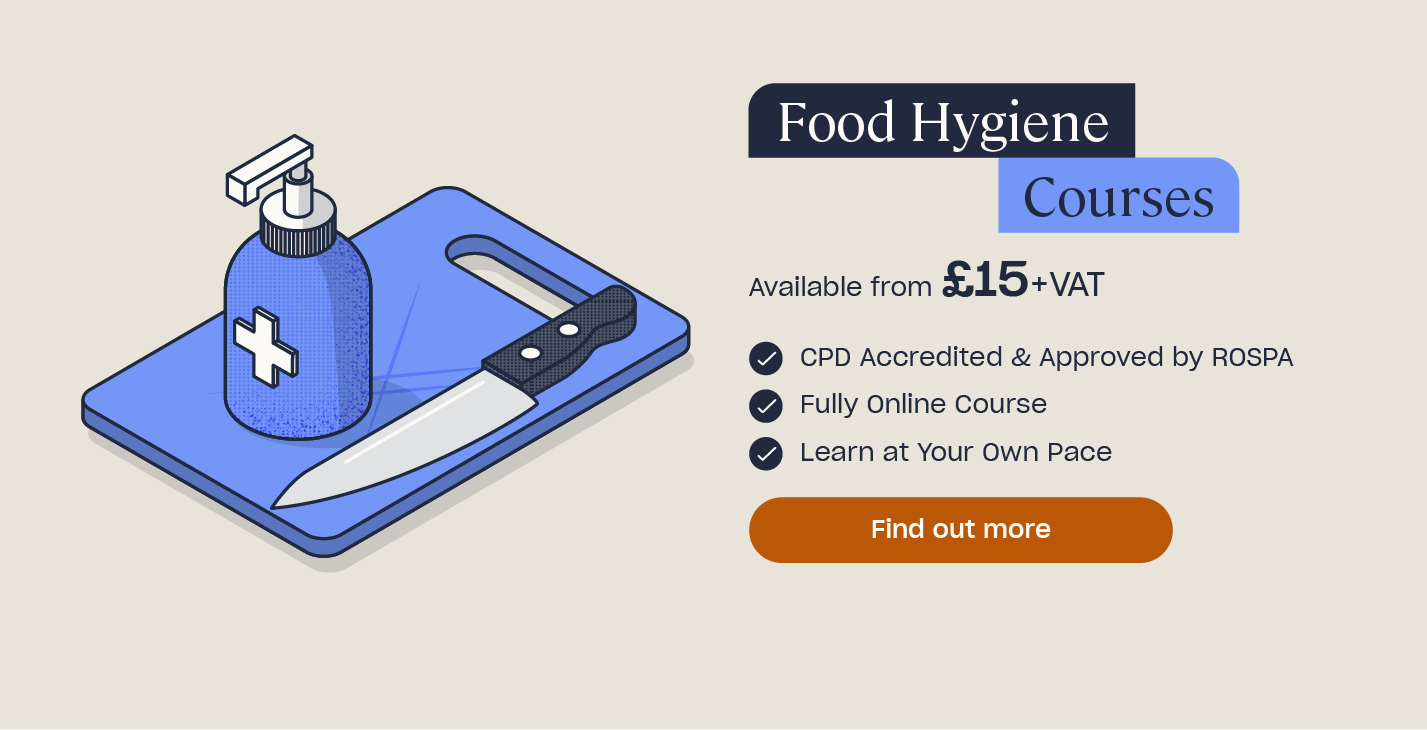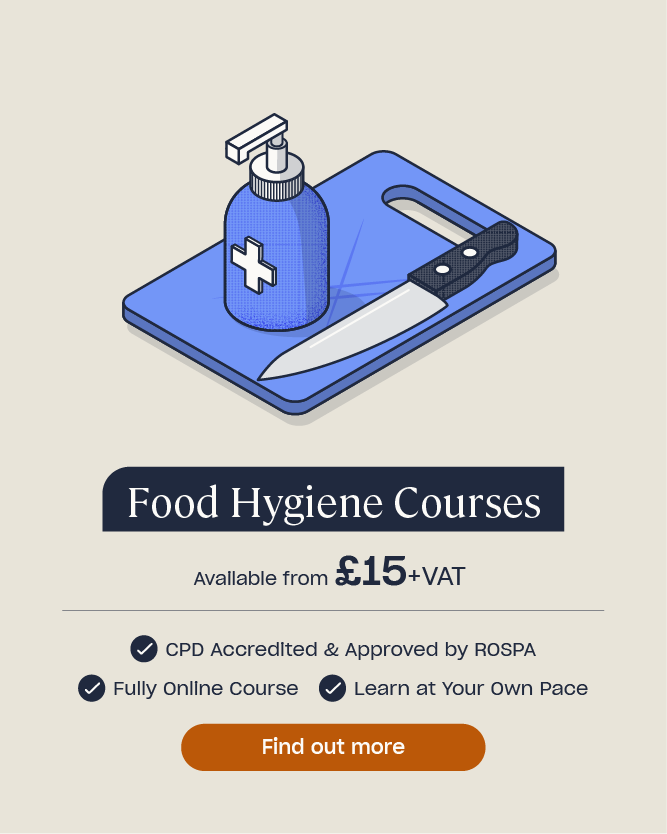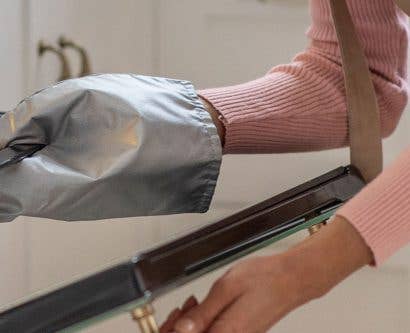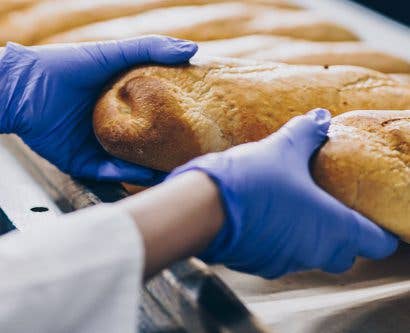What are High-Risk Foods and How Can I Use Them Safely?
There are more than 2.4 million cases of food poisoning in the UK every year. While any type of food can cause food poisoning, certain foods are more high-risk than others. As such, it’s essential you understand how to use and properly store high-risk foods safely in order to keep people, hospitality customers, safe and secure.
In this article, we will cover what high-risk foods are and how they can pose a danger. We’ll also look into how to prevent these risks and provide guidance on how to store these foods safely.
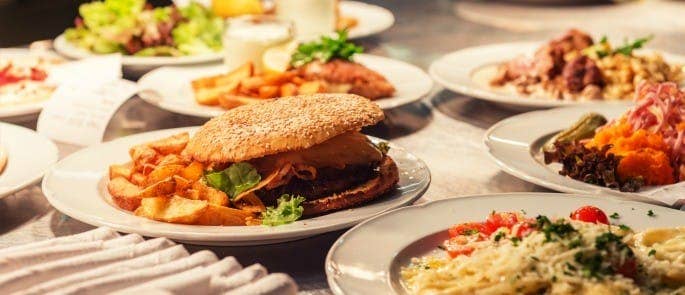
What are High-Risk Foods?
Foods are considered high-risk if they support the growth of harmful bacteria and will not undergo any further cooking or treatment in order to destroy it. These foods are usually refrigerated.
On the other hand, low-risk foods are normally stored under ambient conditions. Bacteria are not able to multiply in dry food or food that has high concentrations of sugar, salt or acids like vinegar, lemon juice or sulphites.
Examples of low-risk foods include:
- Cereals.
- Canned food.
- Dried pasta.
- Dried rice.
Examples of High-Risk Foods
Examples of common high-risk foods are:
- Cooked meat and poultry.
- Meat products such as pâté or stews.
- Ready-made pies and pasties.
- Gravy, stock, sauces and soup.
- Shellfish – particularly oysters, prawns and crabs.
- Raw egg products such as mayonnaise.
- Dairy products.
- Cooked rice.
It’s a common misconception that raw chicken is considered a high-risk food. Raw chicken can, indeed, cause illness if it is not cooked to the proper temperature or consumed when it hasn’t properly thawed. However, it is not considered a ‘high-risk food’ because nobody eats chicken raw in the UK. It would always undergo a further process (i.e., cooking or roasting) which would remove the bacteria before being eaten.
Why Might High-Risk Foods Cause Food Poisoning?
Bacteria need two things in order to multiply – food and moisture – and they prefer food that is rich in protein, such as cooked meat and dairy products. As we’ve established, high-risk foods support the growth of bacteria as they do not go through another process (i.e., cooking, which would destroy the bacteria) before they are eaten. As such, these foods are more likely to cause food poisoning.
Common types of food poisoning include:
- Salmonella. Contamination and undercooking generally causes this common type of food poisoning. 2,500 sufferers in the UK are admitted to hospital each year.
- Campylobacter. This is the most common cause of food poisoning in the UK, largely due to undercooked poultry.
- Escherichia coli (E.coli) 0157. E.coli causes potentially fatal harm to the elderly and young children. You can prevent this by cooking meats thoroughly.
- Listeria. This type of bacteria is present in raw milk (and anything made from it) and processed meats. Listeriosis is a huge risk because it can even counter the cold temperatures of a refrigerator. Only thorough cooking can destroy this.
- Clostridium Perfringens. Causing nearly one million illnesses each year, the most common origin of this bacteria is large quantities of meals that are warmed for an extended period of time before serving. Companies and institutions are usually the responsible parties due to feeding many people at once.
For a full list of illnesses associated with high-risk foods, check out our article: Complete Guide to Food Borne Diseases.
Who is Most at Risk?
Many of these might seem like relatively low health risks, due to our bodies’ immune systems often being capable of combatting such ailments. However, when the germs spread to the more vulnerable who do not have a fully functional or developed immune system, things can get much more serious very quickly.
Children, pregnant women, elderly people, and those with pre-existing conditions can all be particularly susceptible to these sicknesses. In due course, food poisoning can even become fatal, meaning that high-risk foods must be handled with consistent care without fault.
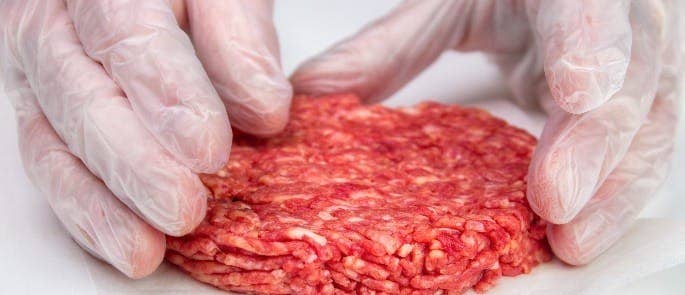
How Can I Prevent Risks?
Kitchen users should always be up to speed with the basics, in terms of general practice and law. Anything less can leave those accountable dealing with prosecution, paying hefty fines or even facing a prison sentence. In the end, knowing something as simple as the difference between use by and best before dates will eliminate many potential hazards and all the legal and health ramifications embroiled with them.
Additionally, you should allow food safety officers to carry out inspections of stock in order to comply with the law too. In the end, there’s no room to cut corners.
Need a Course?
Our Food Hygiene Training Courses are designed to ensure a comprehensive knowledge of all food safety and hygiene procedures. If you are unsure which Food Hygiene course to choose, visit the Choose a Food Hygiene Course page which will help you decide.
Where Should High-Risk Foods be Stored?
Contamination is not always evident by your senses of sight, smell or sometimes even taste. Therefore, you can only avoid contamination with high-risk foods by storing them correctly.
Bacteria thrive on protein, moisture, warmth and a good dose of time in order to multiply. Subsequently, low temperatures become the only viable solution, slowing down the time bacteria need to grow in number. Your fridges and freezers are therefore essential, as they quite literally freeze the spread of germs.
Ways you can store high-risk foods properly and safely include:
- Keeping refrigerated produce below 5 ?. This ensures they are below the designated ‘danger-zone’, in which bacteria can form and fester in ever-expanding numbers. For more information on the ‘danger zone’, check out our article.
- Storing frozen food at -18 ?, unless you need to thaw it. If so, you should transfer it to the fridge before prompt consumption.
- Sealing refrigerated items properly to preserve nutritional value, texture quality and flavour, as well as prevent cross contamination.
- Storing raw and cooked foods separately from one another to minimise any further likelihood of cross contamination.
- Using separate chopping boards for raw foods and ready-to-eat foods. This is because raw foods can contain harmful bacteria which can spread easily onto foods that don’t have another cooking process in order to destroy the bacteria. For more information, check out our article, here.
- Acquiring all produce from a reliable supplier. Refrigerated and insulated vehicles are a good idea for those wanting to haul their produce cross country, so check to see if your suppliers use these.
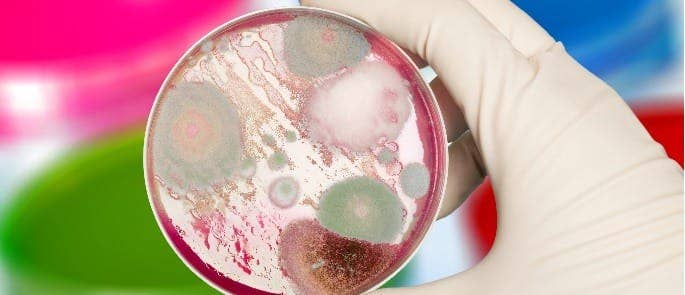
Ultimately, fending off bacterial parasites is a constant process for every dish you prepare and serve. Kitchen cleanliness holds a set standard that you must adhere to at all times, and not just as an occasional one-off to tick a box. With a solid hygiene routine and a sprinkle of common sense, you can prevent the spread of harmful bacteria.
Further Resources:
- The Importance of Food Hygiene Training
- Food Preservation Methods and Guidance
- Shellfish Safety Guide: How to Source, Store, and Cook Them Safely
- How Long Does Food Last in the Freezer?
- Health and Safety in the Kitchen Quiz
- A Short Guide to Acrylamide in Food


